Image Title
Image description goes here
Image description goes here

As a part of the Koge Hospital project. I lead the coding and thematic analisis.
I explored relevant academic literature and strategically adapted Braun and Clarke’s (2006) six-step thematic analysis framework to fit the specific goals and context of our project. Drawing on Bryman (2012), I combined inductive insights from interview data with deductive elements informed by our prior desk research. To shape an analytical approach that was both grounded in theory and responsive to real-world complexity.
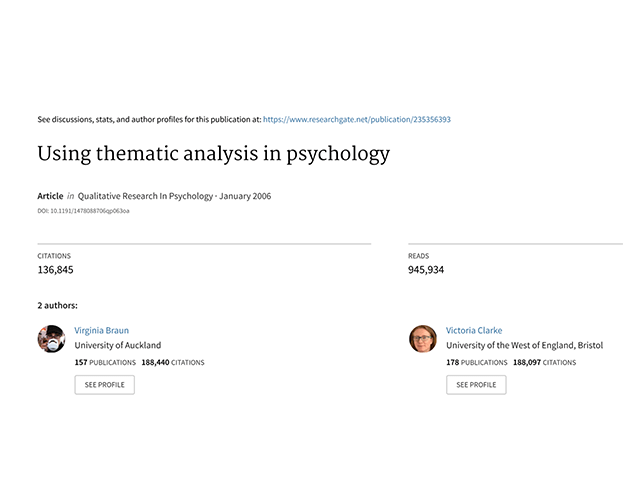
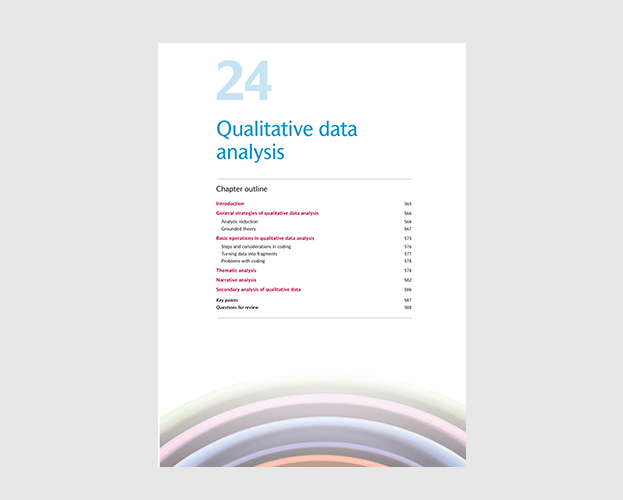
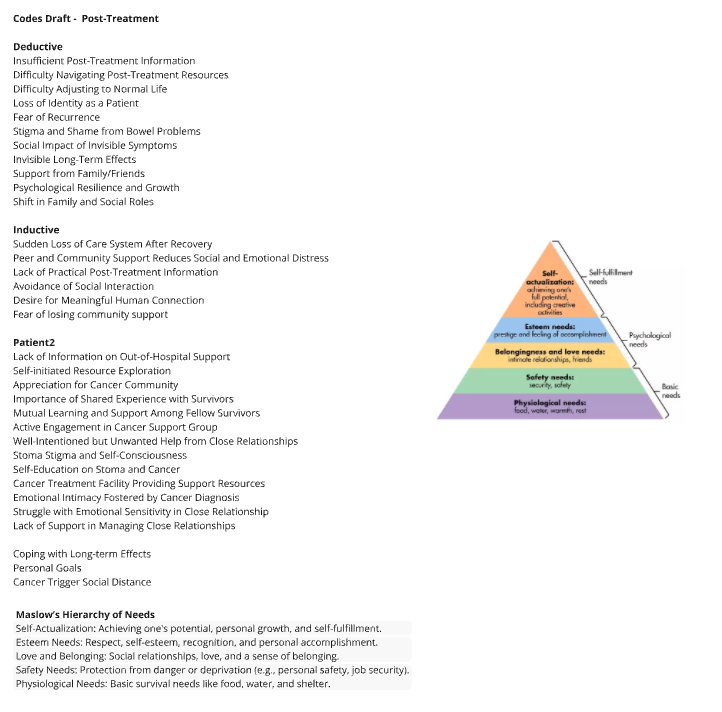
We conducted four in-depth patient interviews, resulting in nearly 50 pages of transcripts, initially overwhelming. Altough, I fully immersed myself in the material, revisiting it multiple times to capture complex emotions and develop themes truly grounded in the data.
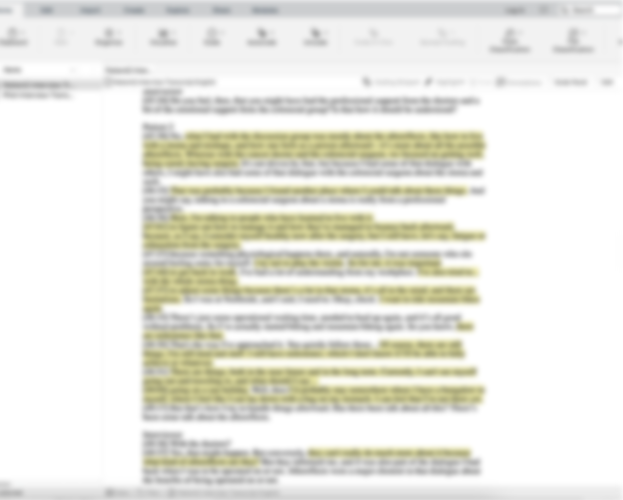
I combined deductive codes from prior desk research with inductive insights from interview data, allowing themes to emerge organically while staying grounded in context.
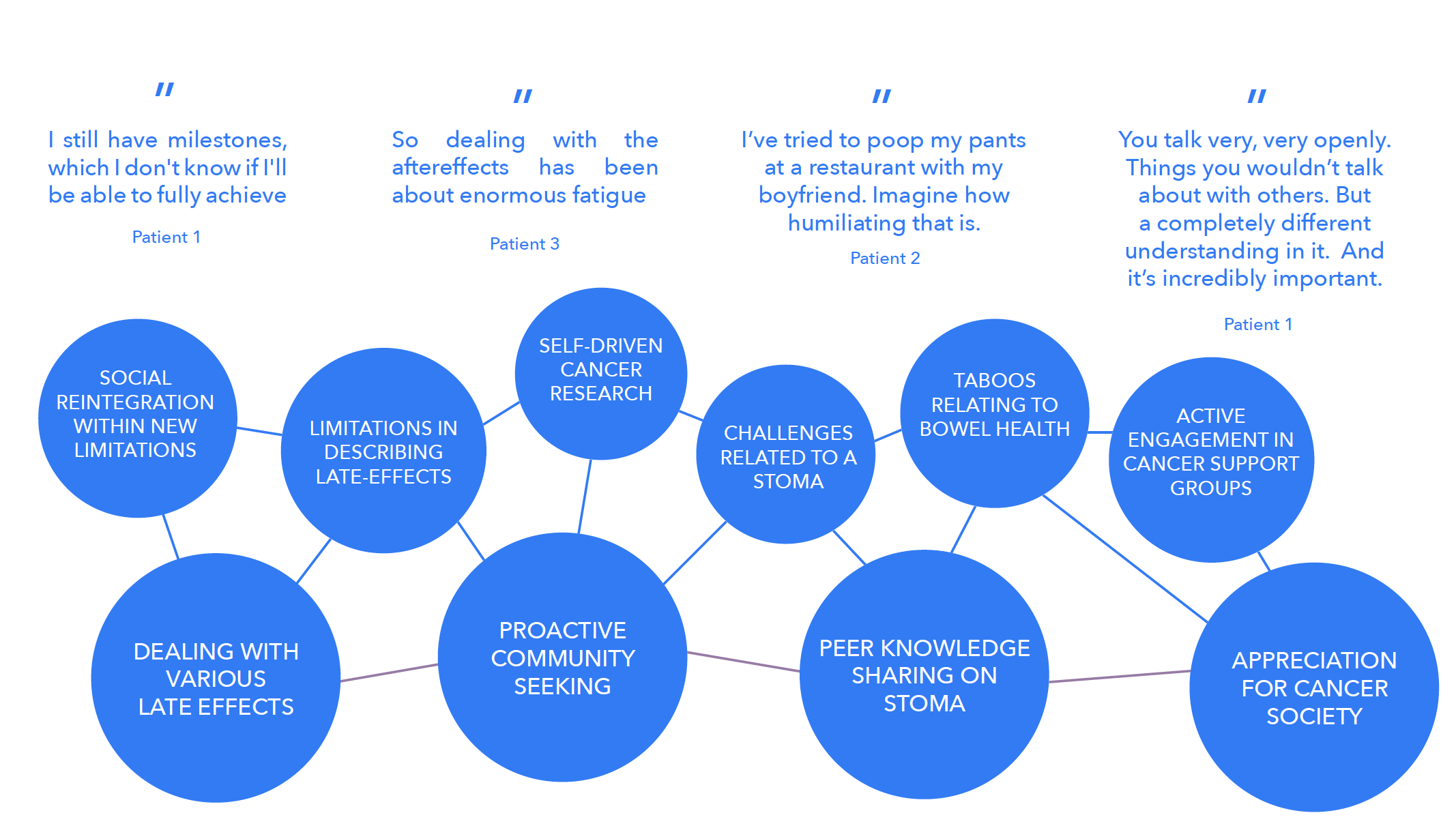
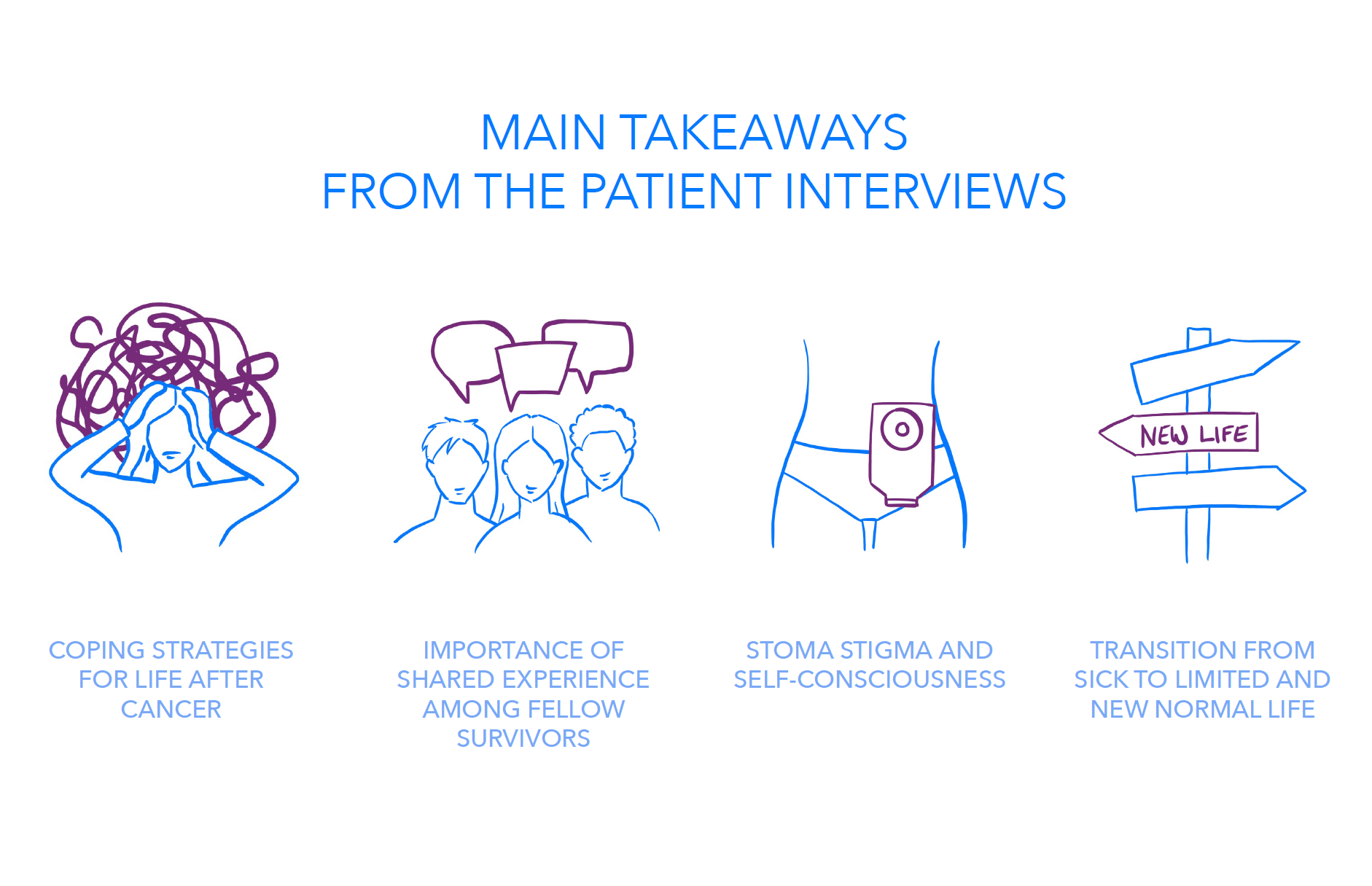
Visual tools like journey maps or timelines could have clarified the complex patients experiences and also improved internal communication across the team.
Relying only on transcripts made it hard to interpret emotional nuance. Having a note-taker or observer present would have helped capture nonverbal cues essential for deeper insight.
The interviews were in Danish, and while we used a GDPR-compliant translation tool, some meaning was likely lost. Immediate post-interview validation with the interviewer could have preserved accuracy.